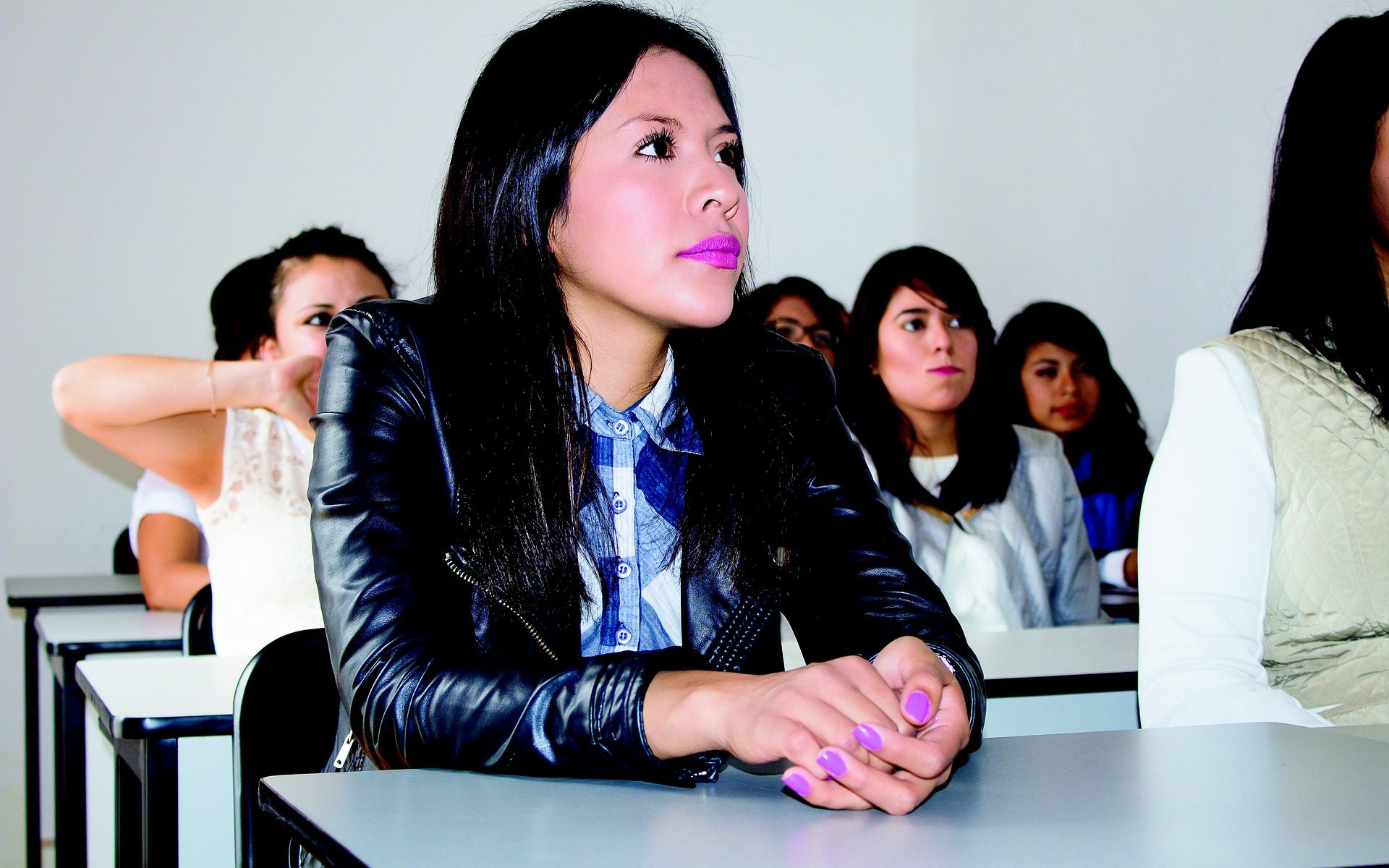In this multi-part series, I provide a dissection of the phenomenon of retention and social promotion. Also, I describe the many different methods that would improve student instruction in classrooms and eliminate the need for retention and social promotion if combined effectively.
While reading this series, periodically ask yourself this question: Why are educators, parents and the American public complicit in a practice that does demonstrable harm to children and the competitive future of the country?
Any large change in K-12 education in America will need backing from teachers and parents.
Both of these stakeholders tend to lack full understanding of the multi-age education, though. Parents often express resistance when faced with the possibility of switching to a multi-age classroom. Teachers also tend to indicate that they have not received adequate training to be confident teaching multi-age groups. The two problems tend to go hand in hand, and parents also worry about the multi-age environment because of the potential issues with instruction quality.
Parent education and teacher education are thus two crucial components of a successful multi-age classroom system, especially one on the scale envisaged here; one that will replace the graded approach and, among other things, remove grade retention and social promotion from the American public-education system.
The processes for parent and teacher education are different, and the focus of the education must likewise be different. Parent education and teacher preparation are essential but must, to be effective, target the respective groups independently. Parents must be educated about the multi-age classroom and its benefits and challenges from an educational perspective. They must receive information and support to help them understand not only what the benefits and challenges are, but also what the process will be for the implementation of a multi-age classroom.
It is necessary to make sure that parents have the opportunity to be involved in the process of reviewing implementation plans for establishing multi-age classrooms as the standard for education in America’s public schools. Furthermore, the elements of curriculum and teacher training and support should be understood by parents. Parents must be reassured that teachers will be able to meet the needs of all students.
It has been stated that age-balanced classrooms containing students of a similar level cannot be achieved easily if parents do not fully understand and support the philosophy it depends on upon, and this should also be a consideration in the implementation of a multi-age strategy.
Teachers, for their part, must be educated and prepared to manage multi-age classrooms and given intensive support to maintain an appropriate level of professional development over time. It is not enough to promise that there will be support available. The support must be in place and made use of effectively. Honesty and accountability are key factors.
As in any other educational environment, students may not enjoy optimal benefits from multi-age classrooms if teachers cannot implement best practices. In this instance, students may not enjoy the benefits of the educational model if teachers don’t have the ability to put differentiated instructional strategies, environments, and assessments in place. Offering professional-development workshops on multi-age education and supporting differentiated instruction for teachers, as well as providing detailed information for parents, can help students implement multi-age programs successfully.
Learning from both current and past issues, alignment of the multi-age program with curriculum must be emphasized at all points of contact. Multi-age classrooms are often not aligned with graded and curriculum-centered educational agendas in the United States, and this contributes to the challenges of making the necessary shift. One of the greatest difficulties for administrators looking to implement the multi-age program in traditionally organized schools is that they have to operate two different programs in one school or have to operate a program that is incompatible with the legal state and federal requirements of accountability.
Administrators, like parents and teachers, must be supported to make the shift and go beyond what has been acceptable in the past, in a bid to “make room” for multi-age classrooms. Whereas school administrators have gone about creating space for multi-age classrooms in the past, trying to force them into what already exists, administrators must instead be supported in creating multi-age classrooms that exist outside the graded system. Based on research, some of which is mentioned above, there is little argument that multi-age classrooms cannot fit within the traditional graded school system. To make multi-age classrooms beneficial to all students, administrators should envision the classrooms as a “school within a school.”
School administrators must do more than apply multi-age education as a quick-fix solution for the underserved or for those who are not succeeding in the traditional classroom. Multi-age classrooms should not be used as a dumping ground but should be considered, as part of an established multi-age program, to be something more substantial. Indeed, administrators must essentially revise their thinking to ensure that multi-age classrooms are seen as the best option for providing students with an excellent education.
Finally, there is the problem of federal and state accountabif5lity and how the existing systems of accountability depend on standards, assessments, and school performance accountability. Creating a K-12 education system that emphasizes the achievement of all students and the academic, social, and emotional development of students is crucial, but also something that cannot be rushed. The accountability issues currently manifest as supports for a system that emphasizes the achievement of the “bubble kids,” or students just below the passing rates or cut scores on standardized testing.
Of course, there should be an emphasis on students who are on the outside of the distribution of abilities, whereas the current emphasis is at the expense of students in these bounds. The lowest achievers and high-ability students don’t have a place with the current model, and creativity and innovation, of course, are lost in the drive to have students demonstrate a level of minimum competency.
Shifting to multi-age classrooms should also concentrate on this notion of providing individual students with access to challenging but developmentally appropriate instruction. More than this, though, there should be a clear effort to embrace the potential for creative and innovative learning. The opportunities for this learning and the obvious need for it should be emphasized as one of the principal reasons for the shift to multi-age classrooms.
The need to embrace the true principles of education is central to all the benefits, challenges, and subsequent recommendations for multi-age classroom development and management.









